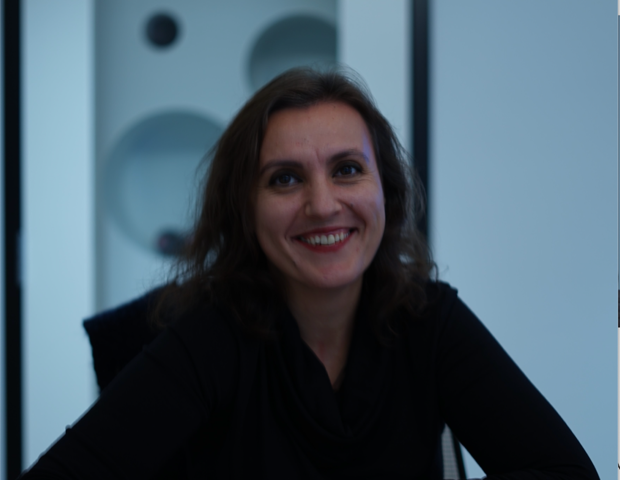Astrobiology Revealed #8: Anamaria Berea
On reimagining the Golden Record
by Aubrey Zerkle
This week we spoke with Anamaria Berea, Associate Professor in Computational and Data Sciences at George Mason University, and Research Investigator at Blue Marble Space Institute of Science. Anamaria and her colleagues have taken on the daunting task of updating the Golden Record - an intergalactic message composed by Carl Sagan in the 1970’s that was sent into space aboard Voyager 1 and 2 to communicate the story of humanity to extraterrestrial civilizations. Here Anamaria discusses their recent paper chronicling the philosophy and science behind constructing the new message. (This interview has been edited for length and clarity.)
What do you work on as a computer scientist?
I’m a computational and data scientist, with my specialty being in computational social sciences. But now I work mostly on space science problems.
How did you get involved with the Message in a Bottle project?
The founder of Interstellar Foundation, Nick Searra, approached me way back about doing a video interview for the Interstellar Foundation. At that time I was doing research on communication as a complex system, and I gave an interview with him, like a webinar. He put it on YouTube, and afterwards I got involved with the foundation. Through the foundation I met Jonathan Jiang who is leading the Message in a Bottle paper, and he got several of us together to work on this paper.
In the paper, you explain the message is aimed in two directions – one is an outward-reaching message meant for an alien civilization, and the second is more of an inward-reaching message containing a legacy for humanity. It seems like each of these alone would be a daunting task! So where did you even start?
Yes! They are, they are! The way we started was basically with the idea of the Voyagers and the Pioneers. All these probes had different messages that were inscribed into them. For this paper, we were working on a message that can potentially be sent with the next interstellar probe, whichever that one is going to be, because we don’t know at this point if that project is going to happen or not.
So, that’s how we started. If you want to redo the Golden Record from Voyager, how do you do it, right? Indeed, we started first with these discussions about aliens. But we realized, when you don’t really know who is the recipient, then [the question becomes] how to transmit that information and how to encode it. Then the problem can become, okay, what do you want to transmit? And, when you are thinking about what you want to transmit, it’s about what’s representative about humanity at this time and space. And that’s how this message actually becomes more inward. It’s about how to represent humanity in a way that’s inclusive, but also shows diversity, variety, and so on. And, it’s not trivial! We don’t really know exactly how to do it yet.
You describe the message as a descendant of the Golden Record, which was composed in the 1970’s. What important changes since then are you hoping to convey with the new message?
Well, first of all, when we look at the previous messages that have been sent, on the Golden Record or on Pioneer, it’s very difficult for the average person to understand what those messages are about. That spurred us to think about how to create these messages in a way that is more straightforward. That’s one thing. Another thing is, technology has advanced a lot in the past 4 decades. So we have a huge advancement in technology, and our society doesn’t exactly look the same way. You know, in the past 4 decades things have changed! So these two new things come into play.
But also when the Voyager was sent out, the team didn’t have too much time to think about these messages. When Carl Sagan brought the team together, and he was thinking about this, they only had a few weeks to create those messages. And they were not exactly representative of our culture or our civilization. They have beautiful things, like saying hello in so many languages, and music, and so on, but music right now is different from music in the 70’s. We have different cultures right now than we had in the 70’s.
Again, society and technology have advanced, so if we want to actually do this properly, we should take the time to think about it. It’s not so much in a few weeks, but it’s a matter of a few years, when you can think about what is representative, how to send these messages, and what to include in these messages. I think there are more and more organizations and people now that are interested in doing this, like with a private company, so we can send out messages to the moon, to Mars, to just within our solar system, and so on. So, we need to think more carefully about how we do this.
As part of this effort, you talk about “engaging citizens of the world” to provide content ideas, which is basically like crowd-sourcing the message! How are you planning to do that?
Yes! Right now we are looking at some video competitions, where we are asking people to submit videos on how they would see these messages. That’s how we will start this. And then after we judge these videos we will see what will be the next step, as in how we can ask a broader audience about things that maybe as a scientist you have not thought about. I think it’s a really valuable input to have citizen scientists. And, since it’s a message about humanity, regular people should be involved in this process.
Absolutely! Could you also explain briefly how you’re using scientific methods to help design the content?
Well, we have thought a lot about how we encapsulate knowledge. There are particular branches in science that are looking at the science of science, science of communication, science of knowledge, which is called epistemology. So, we are taking cues from epistemology, ontology, people who have dealt historically with this problem of how to structure knowledge, how they are encapsulating knowledge.
Think about when the first encyclopedia, or the first webster dictionary, were put together. Actually it required a lot of effort from lots of people! How did they structure the knowledge or the concepts that they would include? And how did they reference one concept to another? And so on. Now we fortunately have technology that can enable us to do that. For example, we can use some natural language processing methods, through which we can discover structures in information and in these various concepts. But, we also now have all this tradition historically from the ontologists and epistemologists on how they structure knowledge and how they are dealing with new concepts that come into a science or into a language, and we can include those too. So that’s kind of how we want to frame this.
It seems like another key to this framework is that the message has to provide context for itself. Can you talk a little about what’s the best way to do that?
That is a very hard nut to crack! Because, when someone receives that message, how will they know how to play it? What if it’s digital and it’s encoded in a microchip, will they know how to play it? Indeed, it has to be encapsulated in a way that the message can be retrieved independently of the medium on which it sits. We have discussed this. We don’t have a clear solution right now, but it’s probably going to be something more in the domain of the analogue than in the domain of the digital, in terms of encoding information.
As an analogy, [imagine] you have a boombox and you just need to hit play. Now, when someone receives this boombox, how will they know where to hit play, which button to push, or even that they need to push a button? How will they know that there is even information inside there? We actually don’t know how to solve this! And I don’t think anybody knows, but at this point we are definitely thinking about it. We learn many of these things as we go. Sometimes new problems or new ideas come up as you go, and you face a new challenge. It’s a lot of learning on the go.
You acknowledge several times in the paper that it’s highly unlikely that an alien civilization would ever actually receive the message. In that case, what do you hope modern society could get out of this whether or not anyone else ever receives it?
Like you said in the beginning, the way we are thinking about presenting ourselves out there in the universe is actually a reflection about how we understand ourselves. It’s kind of like yin and yang, when we are talking about out there versus introspection, how we see ourselves. But we learn a lot about universals of communication. We learn a lot not just about our own civilization, our own culture, and who we are as humanity in 2023, but we learn more about the process, about how to communicate in a way that is understandable across time and space, what kind of medium to use, what kind of information to include and exclude. So, we learn more about the process of communication itself, besides learning about ourselves.
Apart from the Message in a Bottle paper, at Interstellar Foundation we also recently finished a message to send towards the moon. We have encapsulated in one gigabyte, in a microchip, this message to send to the moon. It will be on the Firefly mission, in May 2024. We created a lot of content there - we have videos, we have posters, we have images, we have songs, we have text. Again, we selected different aspects and different things about humanity in 2023.
That is an example of an application of such a message. The [Message in a Bottle] paper itself shows a little more broad, interstellar message. This is a smaller example of how we can send a message to the moon that is actually addressed to our future selves, and not necessarily the aliens.
That’s super cool! It’s like an extreme version of a time capsule – instead of burying it in your backyard, you’re shooting it up to the moon!
Yes, yes it is!
Since we have some time left, I’d like to ask you about the name. The paper includes a whole appendix just about possible names for the message – was this a contentious issue?
No, that’s another thing! We had the same issue with the moon message, and how to name it. This is even more complicated than actually creating the message! Because, again, you need to contain a lot of information in just a word or a few words, for the name. We have all sorts of proposals about how we name it, but we haven’t really decided on that.
Do you have a favorite front-runner?
No, not really. I’m a computer scientist, for me it’s “Version 01”, “Version 02”, and then “Final version.” And after the final version is “Final final version” and after final final is “Final final final version.”
For the Moon message, we actually left it like that - Moon message! We had all sorts of proposals, but we said, okay, just leave it as the Moon message, keep it simple! It also depends on how many people are contributing, because the more people you have, the more you have divergence of opinions, and finding a common ground can be more difficult. But if you have a smaller team it’s easier to reach consensus. The collective process of doing science is not trivial!

